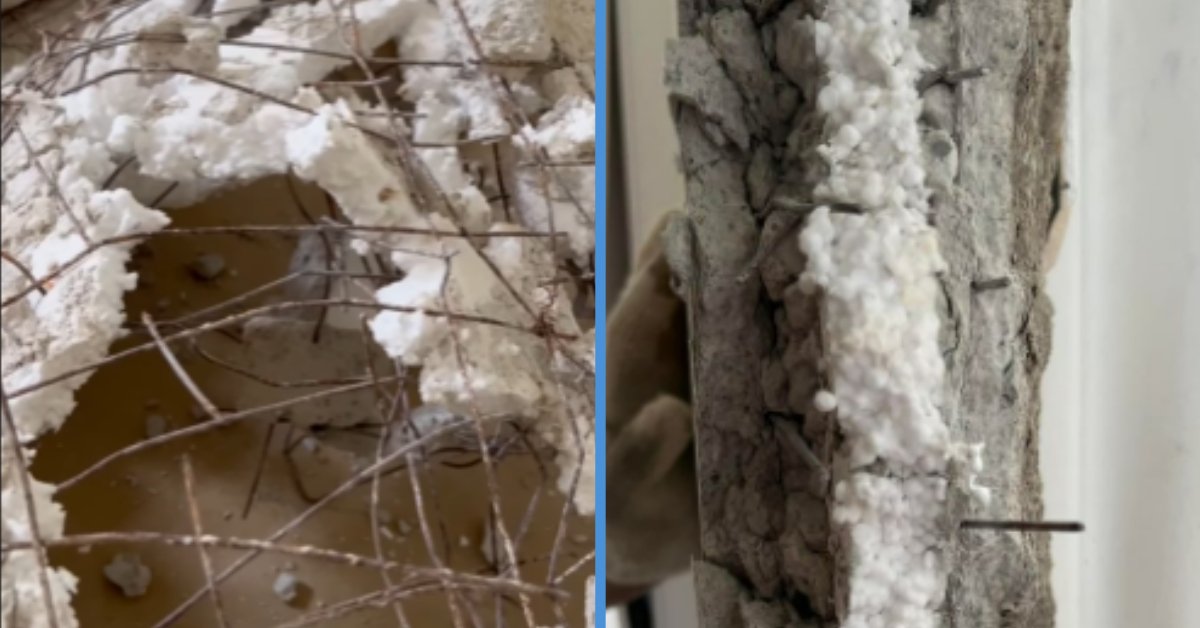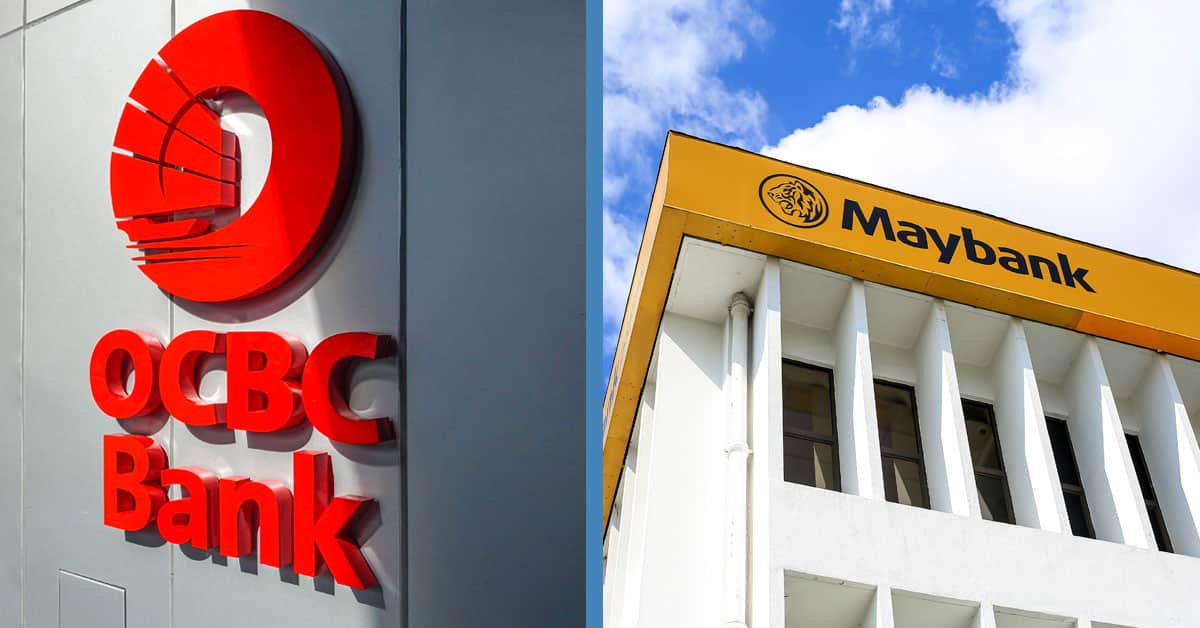If you’ve been lurking around Facebook lately, you might have seen the following post on the social media platform.

In the post that was posted to Facebook group Complaint Singapore on 14 April, a video and photo showcasing foam found in between wall panels in an HDB flat located at Ubi were attached.
The video also included a deep, supposedly male voice claiming that the toilet’s wall was “filled with styrofoam”.
The post has since garnered over 430 reactions, 440 shares and 120 comments on Facebook.
After seeing the post, many Singaporeans started to share their own speculations regarding why foam was found in between the panels, and some were completely sure that the government would not have approved the use of foam.
However, there were also many netizens who pointed out that the foam has been used in many other flats over the years.
And it seems like the Housing Development Board (HDB) agrees with those comments too.
HDB’s Response
HDB indicated that it is “aware of a video circulating online on foam found between wall panels in an HDB flat in Ubi”, and took the chance to clear the air regarding what material was used.
The foam in the photo and video is polyethylene foam, which is an approved type of foam for construction.
Polyethylene foam allows residents to enjoy good sound and thermal insulation.
“The polyethylene foam is sandwiched between two layers of cementitious mortar and reinforced with wire mesh, to form a sandwich wall panel,” HDB explained.
Additionally, since polyethylene foam is only used in internal partition walls, it does not reduce the structural safety levels of buildings.
However, HDB has switched to using other materials in recent years.
Even though sandwich wall panels with polyethylene foam are still used overseas, HDB no longer uses these panels in the construction of new HDB flats.
HDB added on by saying, “Over the years, as HDB continued to apply new ideas and technology to advance the quality of our flats, these precast sandwich panels have been replaced in newer flats with drywalls or lightweight concrete panels.
“These drywalls contain sound dampening materials in between strong plasterboards, and they offer good sound insulation and are able to reduce noise coming from other rooms.”
Featured Image: Facebook (Keenon Lee Pei Hong)



